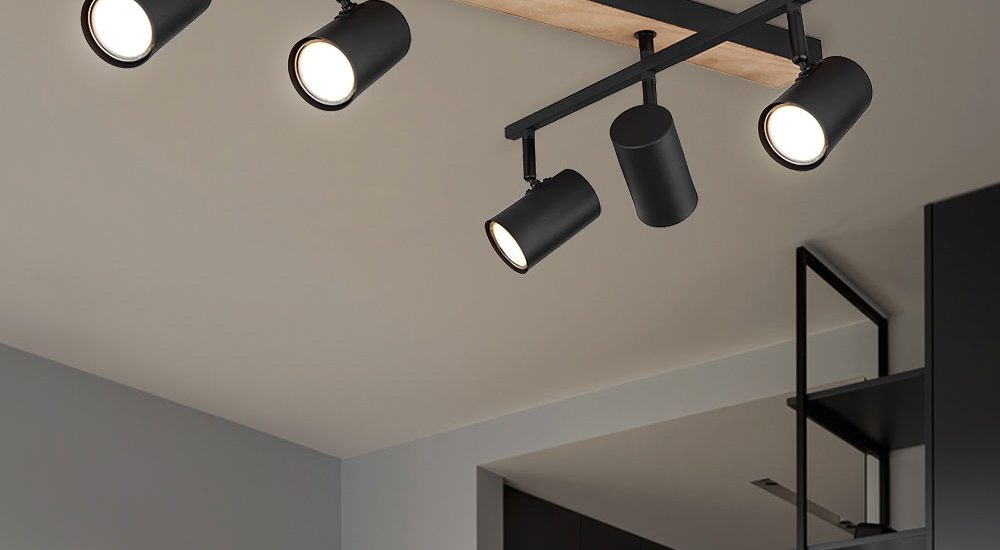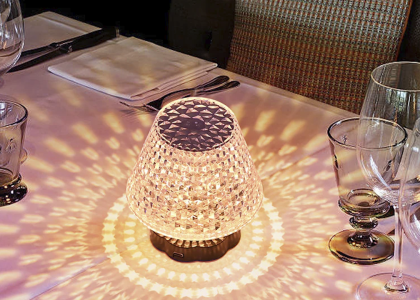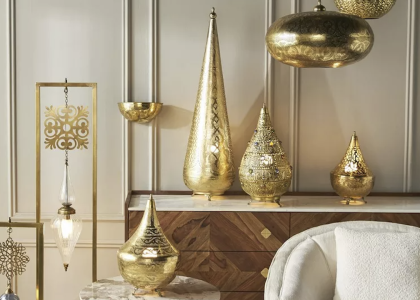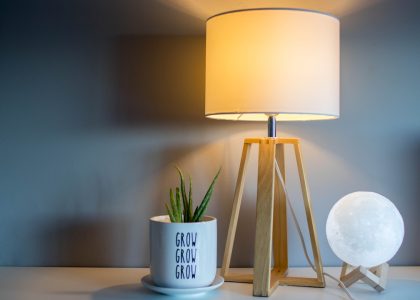Introduction
The 1950s was a decade of innovation, optimism, and prosperity. It was a time when people in the United States and Europe were enjoying the benefits of post-war economic growth and technological advancement. One of the defining features of this era was the design aesthetic that emerged in art, architecture, and consumer goods. This aesthetic has come to be known as “mid-century modern,” and it is still highly regarded today for its clean lines, bold colors, and focus on functionality.
One of the most iconic pieces of mid-century modern design is the lamp. 1950s style lamps were designed to be both functional and beautiful, and many of them have become collectors’ items in recent years. In this article, we will explore the history of 1950s style lamps, their design features, and their enduring appeal.
History
The 1950s was a time of great experimentation in lamp design. Many designers were inspired by the sleek and modernist aesthetic that was emerging in other areas of design, such as architecture and furniture. They wanted to create lamps that were not only functional but also served as statement pieces in their own right.
One of the most influential designers of 1950s style lamps was George Nelson. Nelson was a prolific designer who worked for the furniture company Herman Miller. He designed a number of lamps for the company that became iconic pieces of mid-century modern design. One of his most famous lamps is the “Bubble Lamp,” which features a spherical shade made of translucent plastic. The Bubble Lamp was designed to mimic the glow of the moon, and it became one of the most popular lamps of the 1950s.
Other prominent designers of 1950s style lamps include Robert Sonneman, Gerald Thurston, and Greta Magnusson-Grossman. Each of these designers contributed to the evolution of lamp design in their own unique way. Sonneman was known for his use of industrial materials, such as chrome and aluminum, while Thurston was noted for his bold use of color. Magnusson-Grossman was one of the few female designers working in the field at the time, and her lamps often featured organic shapes and curves.
Design Features
1950s style lamps were designed with both form and function in mind. They were meant to provide ample lighting while also complementing the decor of the room they were in. Some common design features of 1950s style lamps include:
1. Sleek lines and geometric shapes
Many 1950s style lamps feature clean lines and geometric shapes. These design elements reflect the influence of modernist architecture and design on lamp design at the time. Some lamps feature conical shades or bases, while others have cylindrical or rectangular shapes.
2. Use of color
1950s style lamps often feature bold and bright colors. These colors were used to add a pop of brightness to the room and create a sense of optimism and cheerfulness. Some lamps feature monochromatic color schemes, while others use contrasting colors to create a sense of drama.
3. Use of materials
Many 1950s style lamps were made from materials like chrome, aluminum, and plastic. These materials were chosen for their durability and modernist aesthetic. Some lamps also featured natural materials like wood or ceramic.
Enduring Appeal
The enduring appeal of 1950s style lamps is due in part to their timeless design features. Many of these lamps still look fresh and modern today, even though they were designed over half a century ago. They are also highly prized by collectors and design enthusiasts, who appreciate their historical significance and aesthetic beauty.
Another reason why 1950s style lamps continue to be popular is their versatility. They work well in a variety of decor styles, from mid-century modern to contemporary to eclectic. They can be used as statement pieces in a room or as functional lighting sources that blend seamlessly into the decor.




